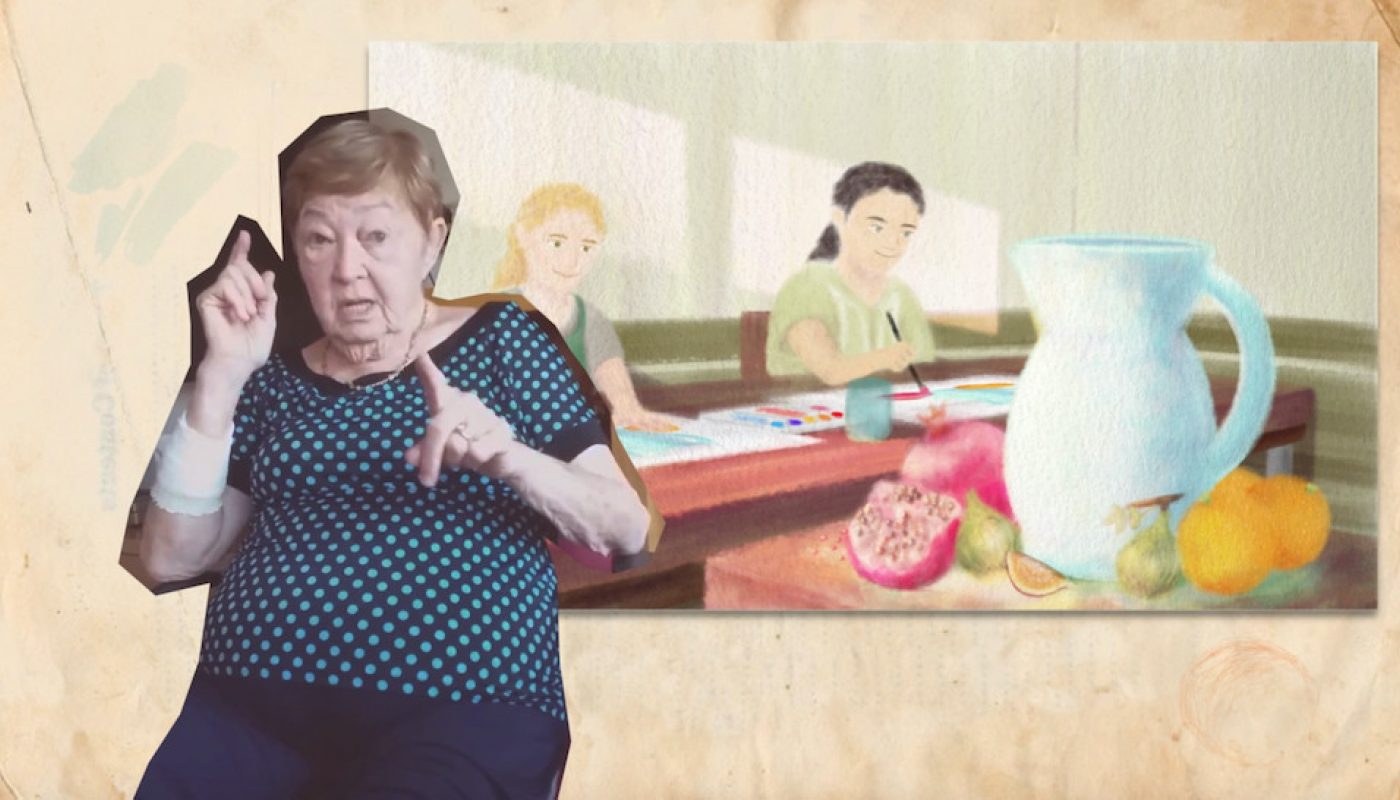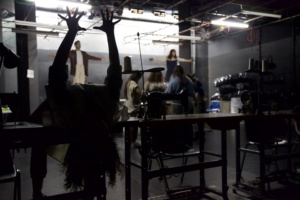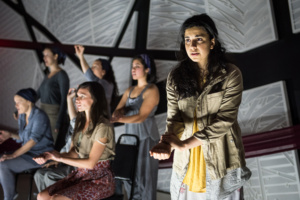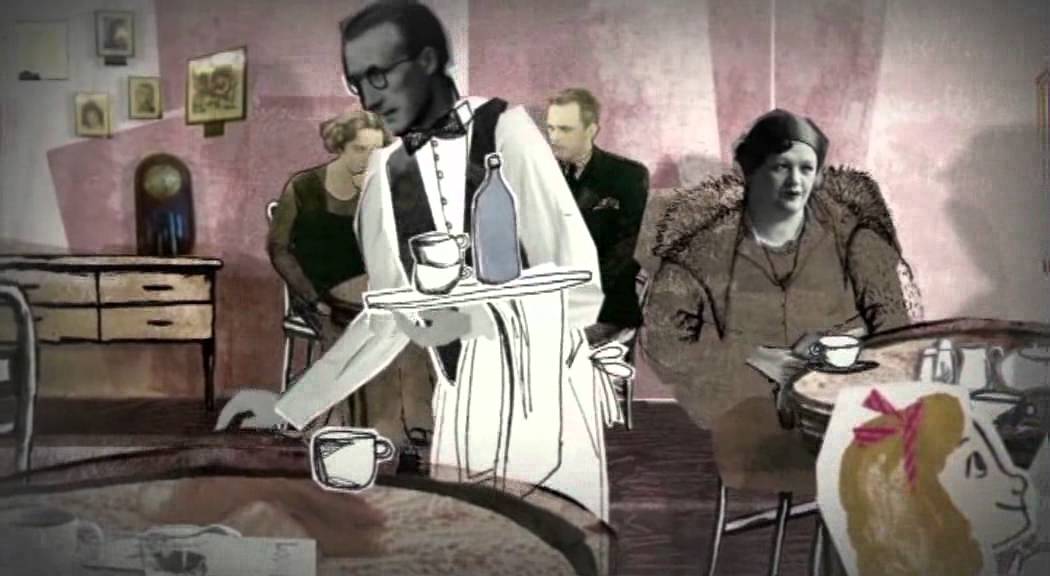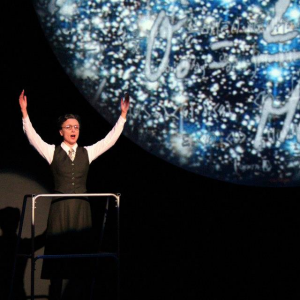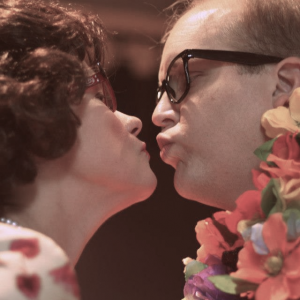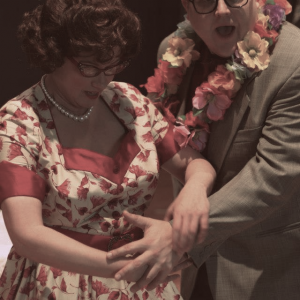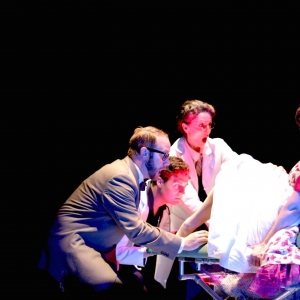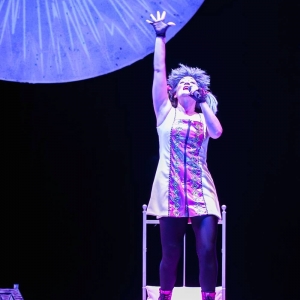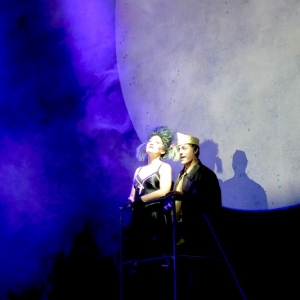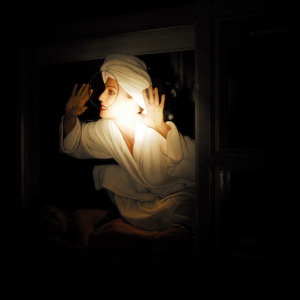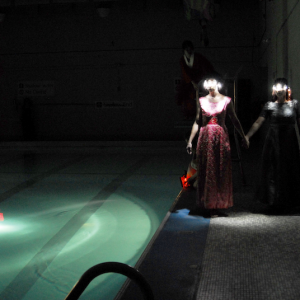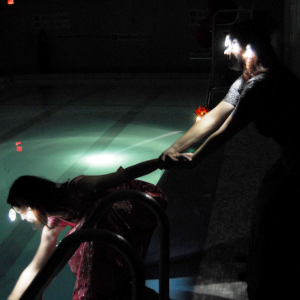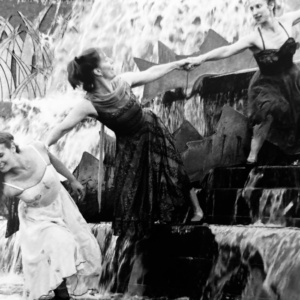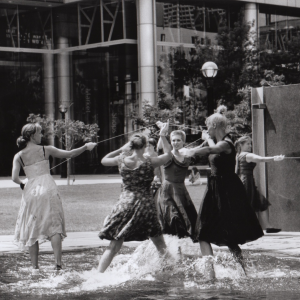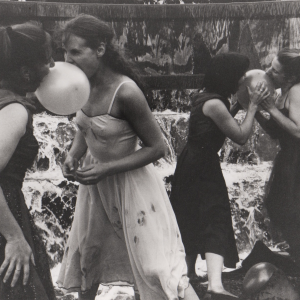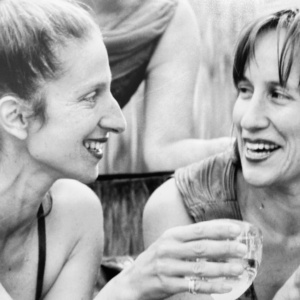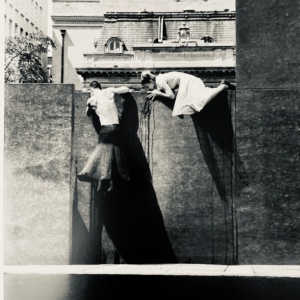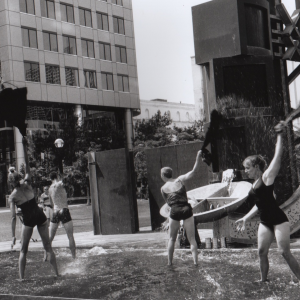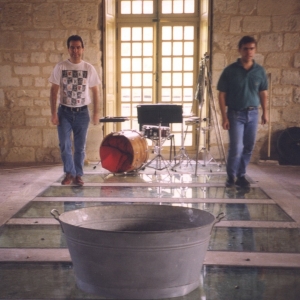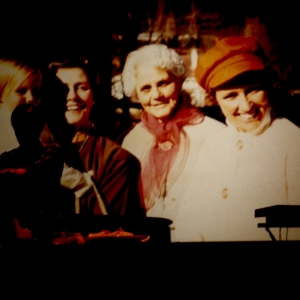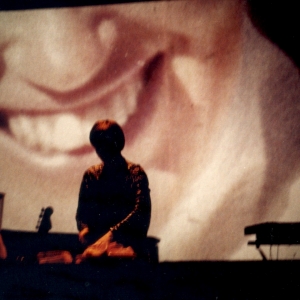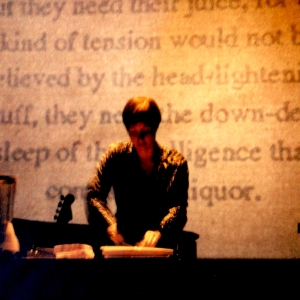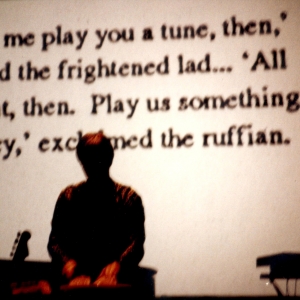mezzo-soprano & piano [10’]; words Simin Behbahani; 2017, arranged 2023.
X
Morse
mezzo-soprano & piano [10’]; words Simin Behbahani; 2017, arranged 2023.
Commissioned by Instruments of Happiness & funded by the Toronto Arts Council
Arranged for piano and voice, 2023
Poem: Simin Behbahani سیمین خلیلی
Original English translation: Farzaneh Milani & Kaveh Safa (A Cup of Sin, Syracuse 1999)
Farsi transliteration, additional translation assistance & adaptation: Siavash Shabanpour & Behnaz Siahpustan
Troubled by the song of a bird at night, the narrator imagines it brings a coded message from the battlefield. Who will listen? At the heart of the song Behbahani alludes to the 13th century Persian poet Sa’adi Shirazi’s famous poem Bani Adam. “We are all members of the same body” — if one part suffers, so do we all. Behbahani’s translator Farzaneh Milani, described her as “the elegant voice of dissent, of conscience, of nonviolence, of refusal to be ideological”. Her poetry needs to be heard now more than ever. Conflict continues in Syria and the ongoing exodus of refugees elicits both generosity and suspicion amongst those outside the region. Meanwhile, in North America and Europe, totalitarian ideologues feed on the fears and misunderstandings of the disenfranchised. In my setting of Morse, the singer switches between English and Farsi, giving the listener access to the original rhythms and sonic imprint of the lyrics. A special thanks to Siavash Shabanpour and Behnaz Siahpustan for their insights and for guiding me through the text in Farsi.
Khat nuq ti nuq ti nuq ti vo khat…
Dash, dot, dot, dot, dash—
a song-bird sings a song full of signs
from the branches of an elm tree.
Dar eltihā be kashf u talab
Dar emtadāde vashat u shab
As the night and the terror spread,
My mind searches for a message
in every silence between sounds,
in every song.
Shāyad zi marz ātashe khūn
Shāyad zi dashte jange janūn
Perhaps from some battle field,
from the borders of madness, fire, and blood,
a bird with a tired heart has brought a message
from a man with a tired body.
Tīghīst hūye nāleya ū
Her cries are like daggers, sadness chokes her,
and blood drips from her sighs.
Khun mīchikad zi nāle furū.
Nāladqe khālqe fitne talab
Dar khūn kishandish az che sabab
Anjā qi bazme sāze sibā
Gusdarde farshī az chamanī
They moan, they complain
about bloodthirsty warmongers
soaking the green carpet Spring has brought
With so much blood
blood khūn, blood khūn blood!
Hey! You!
Lovers of God’s Paradise!
Hey you!
Hey! This is Paradise!
Ay āshiqe beheshte khudā!
Ī nak behesht khīzubiā!
Harjāke nutfe baste gulī
Harjāke ruste yāsamanī
where flowers blossom
and Jasmines bloom.
Hey! Ay āz behesht gufte khabar!
Hey! You, emissaries of heaven,
why create hell with your fire,
change homes and lives to smoke?
Bāni Adam āzāyeyek digarand.
Keh dar āfarinesh ze yek guharand.
“We are all of the same essence,
members of the same body,”
said that world-weary wise man.
Bā mādarān halā! chekunat
Ashke chikīde rā chekunat
How can he face the mothers
and their flood of tears,
the torturer with the heart of iron
who fills mouths with lead
in the dead of night?
Ashke chikīde, khūne chikīde
Tears drip, blood drips
Ay murghake tarānesarā!
Oh, songbird, I have heard your coded song
something must be done,
but by someone with her hand unbound,
not like mine, tied behind my back.
Kāri valī besār naravad
Bā dastbaste hamcho manī
Khat nuq ti nuq ti nuq ti vo khat…
Dash, dot, dot, dot, dash—
Harfīst gīramash bi ghalat —
Zīnshe’ero zan tarāne cherā
I imagine it’s a message.
I imagine a message.
But silence, you won’t break
with this poem or that song.




